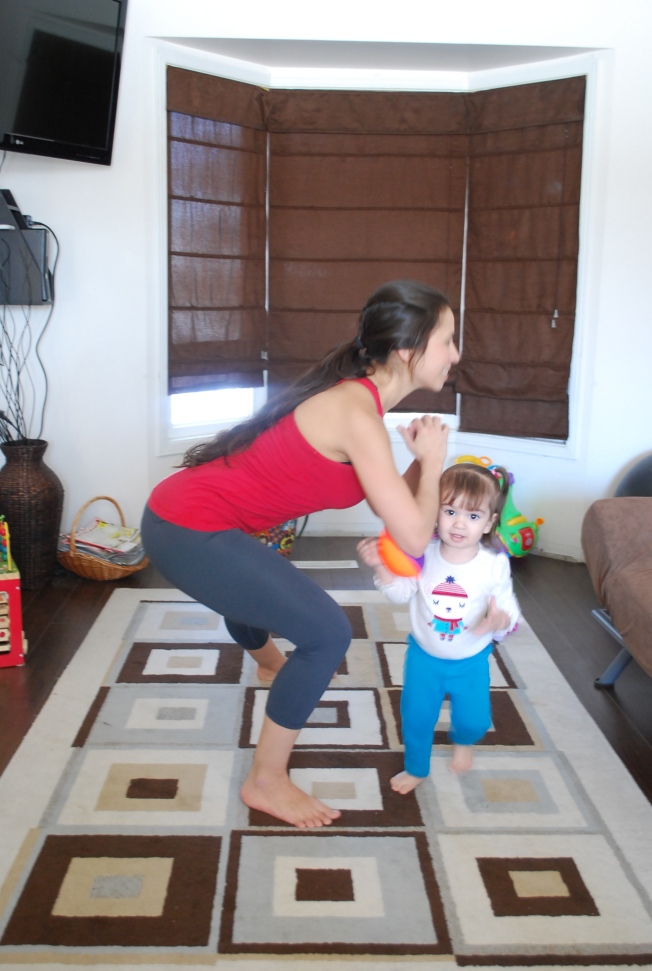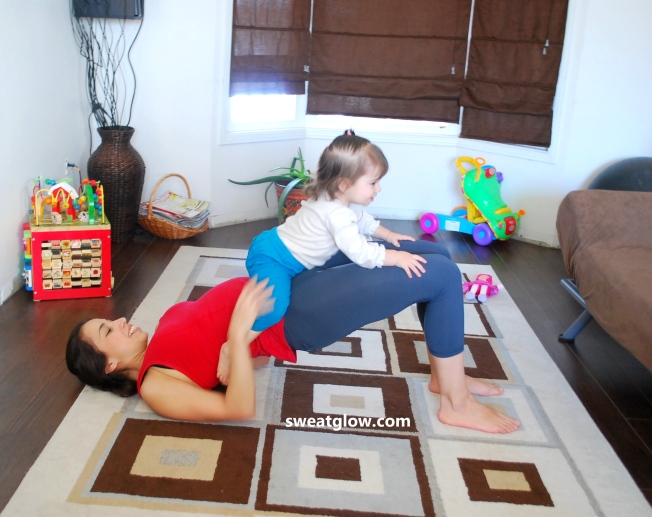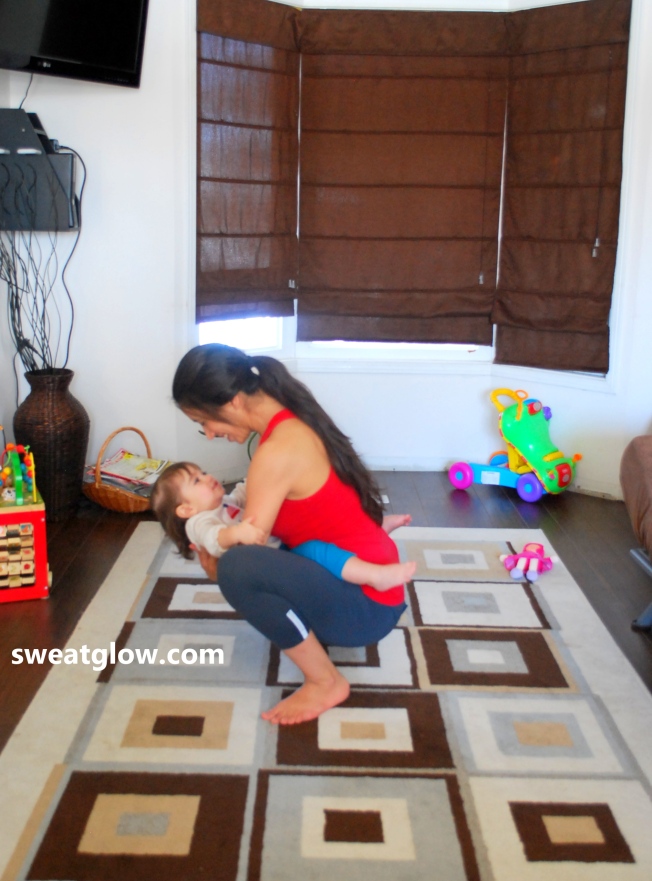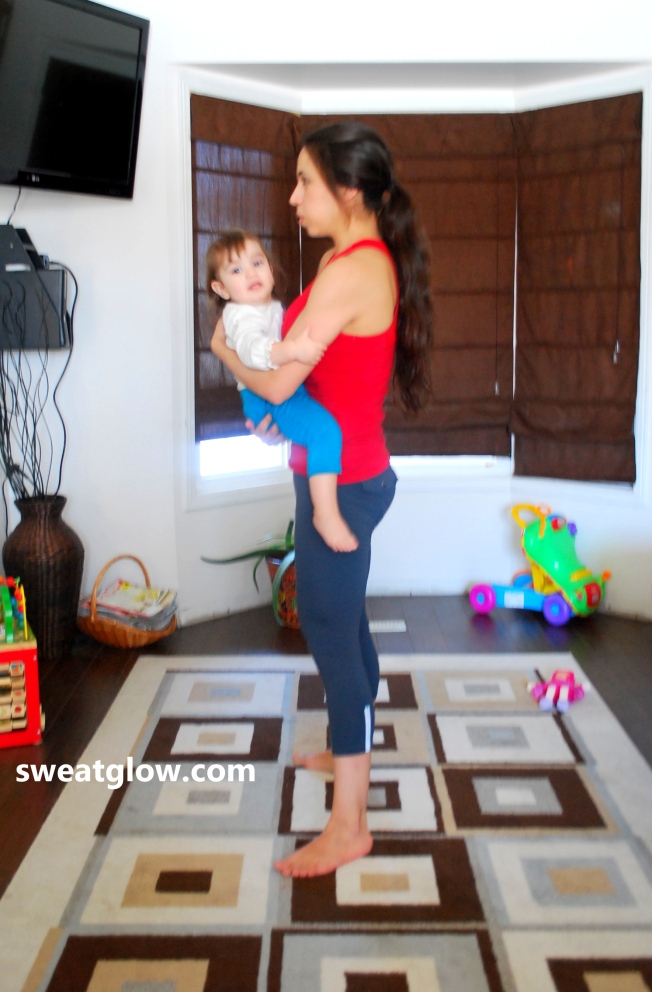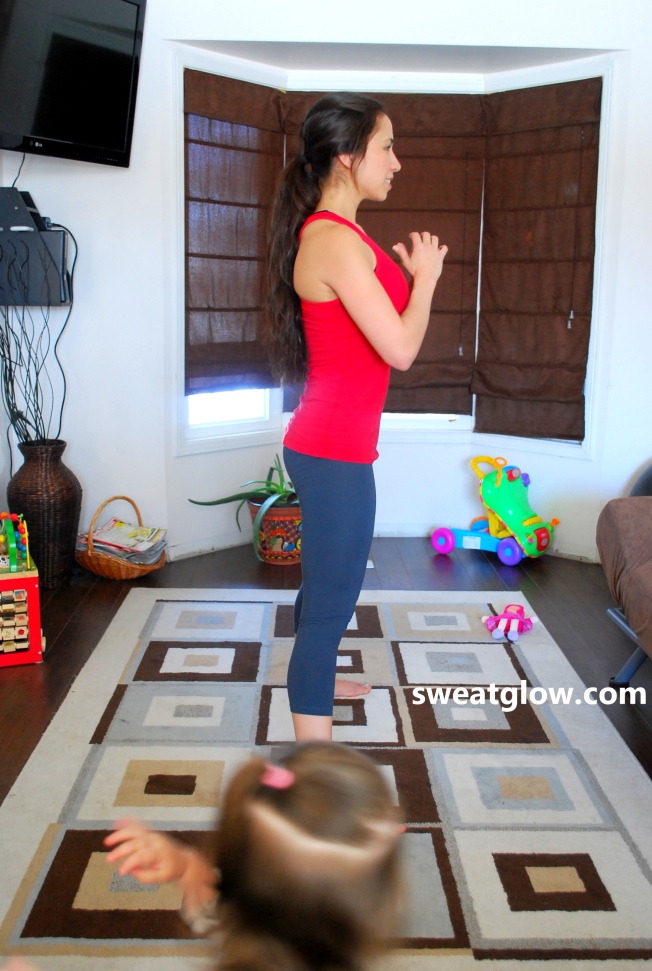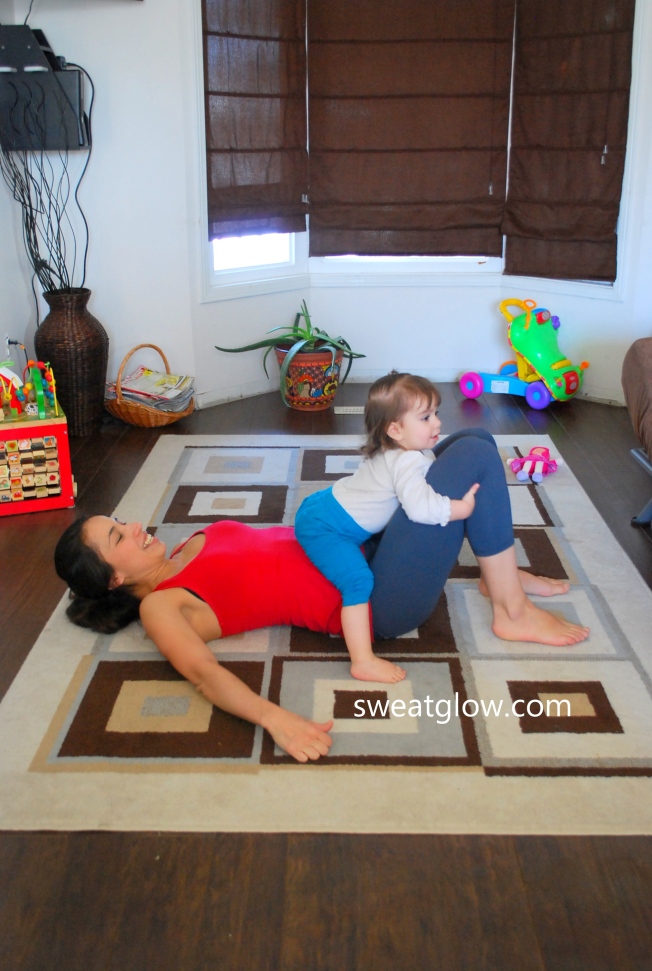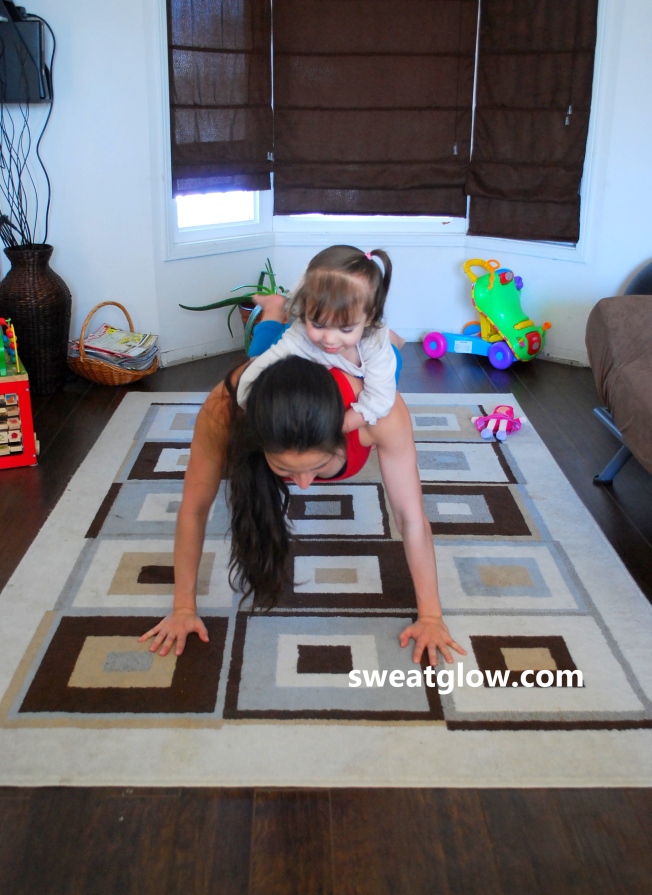
He's so much taller than I imagined. And, also? I love his wild, unruly hair.
Ultra-marathoner and vegan super athlete Scott Jurek visited a neighbor town last week, and am I ever glad I went to his lecture! The talk was hosted in a small conference room inside the largest health food store I have ever seen. Much to my delight there were very few people in attendance– like twenty or twenty-five of us were there. I’m very glad this was the case because the reduced number of attendants gave us a chance to a) sit right on the first line– meaning I had Mr. Jurek probably two meters away from me, and b) get all of our questions answered.
Also, the entire focus of his talk was on nutrition, which made me extremely happy because this is exactly what I wanted to learn from him: how he eats before a race and how he recovers.
When I began dipping my toes into this plant-based lifestyle Scott Jurek was the first name I read when researching vegan athletes. I had never heard of him before, but he’s huge in the running world and consistently after that I kept finding his name and accomplishments mentioned in books, articles and magazines. This man is a machine, a powerhouse– a pillar of inspiration to those wanting to accomplish grand physical feats while on plant-based diets. And now I had in front of me the chance to learn directly from him. I feel so grateful.
His talk began with a quick introduction of his accomplishments; in all seriousness, I got tired just listening to what this guy has done! 100 mile races. ONE HUNDRED MILES. Oh gawd. Also twenty-four hour races and races that go from way below sea level to many thousands of feet above it. Races through Death Valley, California, one of the hottest spots in the U.S. Jurek has done it all, and with such a long list of accomplishments I felt more than ready to take in all the advice he had to offer.
As I read recently, “Ask for advice from those who have accomplished the results you desire.” Scott Jurek has accomplished insane endurance, quick recoveries, and true grit while solely on a plant-based diet. Those certainly are the results I want; my ears were open.
Eat, Run and Live Long, a lecture by Scott Jurek
Important things to consider when switching into a Plant-Based Diet:
1) Integration rather than elimination. In other words, opening up and adding new foods as opposed to just cutting out what you can’t eat anymore. Interestingly, he grew up hunting, fishing and even admitting to being deep into junk food while in college. For Jurek, it was reading the book Mad Cowboy what motivate the jump into veganism, figuring that if the author of the book — a third generation cattle rancher!– could become vegan, so could he.
2) Quantity. Make sure you get enough food! Plant-based foods are usually (logically?) a lot lower in calories than foods from the standard American diet. This means that people eating plant-based need to eat more and more often. Aw shucks, right?! Ha.
3) Quality. It is a misconception to assume that because someone is vegetarian or vegan they’re automatically healthy eaters. It is completely possible to eat unhealthy junk while eating plant-based (potato chip overload, anyone?). The quality of the food consumed is of great importance. Like Jurek said, if you put low-quality fuel into your vehicle the engine won’t last as long. Same things with our bodies, if we want things to run smoothly and optimally, our way of eating must be as clean as possible.
Eating and training
During peak training Jurek increments his caloric intake to 5,000 -8,000 calories per day. These calories are divided in the following:
– 80 to 90%: Whole foods, out of which 90% is organic “You get what you pay for” he said, addressing the fact that organic can be more expensive, but it’s also free of chemicals, pesticides and haven’t been messed around with genetically.
“Do a lot of cooking,” he added. “It is important to connect with your food.”
– 50 to 60%: Carbohydrates
Fruits and veggies, whole grains, legumes, sprouted whole grain breads, and few whole grain pastas all form part of his carb consumption.
– 20 to 30%: Fat
Even though these numbers may seem high, Jurek assures that 30% fat is not excessive at all when it all comes from healthy fats. To list a few sources of healthy fats: Essential fatty acids, omega 3 and 6 (Jurek takes a vegan supplement called Udo’s Oil for this purpose); olives and olive oil, avocados, almond butter, coconut oil and meat, nuts and seeds, chia seeds, and sesame oil.
-15 to 20%: Protein
Tempeh and tofu, legumes and whole grains (here he reminded us how entire civilizations have thrived on the consumption of legumes and whole grains, even mentioning Mexico and how we use beans in combination with corn, creating a balanced diet. Shout out, yeah!). Also hemp, pea, and brown rice protein powders (which he admits are processed, but still come in handy when in a pinch), and nuts and seeds.
Supplements
He addressed the subject of supplementation in a very general and casual way, mentioning these are just options he would recommend because they’re plant-based products and are, in his opinion, soft on the stomach; at the same time he made clear he doesn’t think supplementation is always necessary, if at all.
-Vitamin B12 “This is the only thing that may need to be supplemented, though it’s entirely possible to get enough through diet,” he explained: Fortified foods, nutritional yeast, B- complex.
-Iron: Herbs, Floradix iron
-Calcium: Floradix Cal-Mag
-Zinc: Pumpkin seeds, liquid Ca-Mg
-Antioxidants: Vitamins A,C,E, Selenium, Zinc
-Probiotics: Udo’s Choice Probiotics
“Do these things make me run? No. But they do allow me to train and stress my body the way I do, and to bounce back and be able to train again the following day,” he concluded.
Training and Racing Nutrition
Water consumption
Jurek talked about each person’s individual needs for water intake, adding that the best way to know how much water we need is to do a sweat test. The sweat test must be performed in the same conditions in which you’ll compete: at the same intensity, with the same weather temperature, etc. Hydration is important because not having enough water makes the heart rate go up, and performance is compromised. To learn how to do a sweat test go here.
Carbohydrates in racing
“Does anyone know why it is important to consume carbohydrates during a long race?” he asked the room. Silence. “Anyone?”
I raised my hand and he pointed at me, “Yes?”
“Because carbohydrates are what’s easiest for our body to convert into energy. They’re the fastest and most effective source of usable energy.”
“Exactly!” he said. (And yes, my inner child always in trouble at school felt redeemed)
Some people question if maybe fat should also be consumed during racing, but considering we have enough fat stored in our body already this isn’t necessary. To figure out the amount of carbohydrates we need, the following formula is essential:
Body weight in kilograms x 0.7= grams of carbs per hour we can consume as a minimum
Body weight in kilograms x 1.0= grams of carbs per hour we can consume as a maximum
For example, someone who weighs 130 lbs: 59 kg x 0.7= 41 grams of carbs per hour, minimum.
One banana has approximately 25 grams of carbohydrates, the same amount of carbs that 3 small cooked potatoes have.
Our body needs carbs to create glycogen, which is the primary substance used for energy. We naturally have about 60 to 70 minutes worth of glycogen in our system, and if racing longer than that it is important to ingest the carbohydrates that most speedily convert into glycogen before reaching depletion. Depletion of glycogen causes extreme fatigue and makes moving an extremely difficult task.
Some may choose to ingest their carbs in the form of sports drinks, and Jurek points out that it is important to read the labels and make sure that the carb to water ratio is of 7-8% (carbs in grams/ml of water), to avoid slushing in the stomach.
If you think carbohydrates are necessary just for your body to finish the race think again. Carbohydrates are needed for proper brain function as well, so unless you’d like to risk confusion, disorientation, and a myriad of other not-so-lovely brain glitches, carb up, buttercup!
So, what kind of carbs are the best to consume during the race? Those with the highest glycemic index. High glycemic foods come in handy when needing a rush– and sometimes even for recovery. They can be used every 20 to 30 minutes to avoid crashing. Some examples include maple syrup, cane sugar, a very ripe banana (though it may be turned to mush by the time you want to eat it), and corn syrup. For a list of high glycemic foods, click here. Please keep in mind that even in this list there are some healthier, smarter choices than others. I would suggest sticking to the plant-based options as a rule of thumb and this way avoiding unhealthy fats, which is the subject Jurek touched up on next.
Protein and Fat
The consumption of protein and fat is only recommended for longer stretches of physical activity. For races that last longer than three hours Jurek recommends 10 to 15 grams of protein per 2-3 hours.
Recovery
Post- hard effort Over 2 hours of work, or after working hard for a shorter time span:
Body weight in kg x 1.5 = grams of carb
Body weight in kg x 0.2 = grams of protein
(Example: 130 Lbs= 59 kg x 1.5 = 89 g or carb)
**It is important to note that these carbs and protein should be ingested within 20 to 30 minutes post workout**
“What happens is,” Jurek explained, “that the ‘doors’, the time frame for replenishing glycogen in our body begins to close. We have to get this in fast– if not, we won’t be ready for the next day’s workout.”
Aiding injury recovery
He told us the story of how just two days before a huge race he sprained his ankle playing soccer with some kids. His ankle was badly swollen and in pain, but not racing wasn’t an option. Synthetic (conventional) medication wasn’t an option either, for he believes best in food’s curing abilities, and even cited Hippocrates’ quote used by vegans and naturists everywhere: “Let food be thy medicine”
Here is the list of ingredients/foods he consumes to aid his body in alleviating injuries:
*The notes in parenthesis are my own addition from what I learned at another lecture on injury recovery by Dr. John M. Berardi, Chief Science Officer at Precision Nutrition. Both Berardi and Jurek coincide on the same natural remedies as being the optimal options to speed the recovery process.
-Tumeric (in compresses over the sprain or inflamed area; also consumed: 1 tsp. per day)
-Arnica montana
-Bromelain (an enzyme found in pineapple: 1 cup of fresh pineapple per day)
-Essential fatty acids
-Garlic (three or four cloves per day)
-Ginger
-Ice
-Vitamin C
At the end of the talk he answered our questions. I raised my had again. “For you as an athlete, what has been the one piece of information that has been absolutely crucial to your success?”
He paused for a second. “Hmm. I…” He brought his hand to his chin, “That’s a good question, I’d have to think…” He took a brief moment. “You know, I think I would have to say that it was in general my upbringing. I grew up with a mother who had multiple sclerosis and couldn’t do a lot of things, and well, it was hard; but at the same time that shaped me into being the person I am today, doing the things I do.”
His answer left me in deep thought, more so than he probably imagines.
Towards the end of the lecture he added, “I can assure you that in this room there are people who are faster than I am; I have never claimed to be the fastest runner. What I’m really good at is long races, endurance: the moment where the mental factor matters most, the point where so many people break and give up. I’m really good at the mental factor.”
This was, by far, the most enthralling part of the talk for me. Days later I’m still thinking about what he said. The mental factor.
To finalize he offered a list of books that have been key to him in turning into a vegan athlete
Scott Jurek’s reads
Vegetarian Sports Nutrition
Becoming Vegan
Spontaneous Healing
Healing with Whole Foods
Mad Cowboy
Eating Animals
Food Rules
In Defense of Food
Scott Jurek struck me as a gentle and down-to-earth man; if you ever get the chance to attend one of his lectures I would really recommend it! He also has a book due out this spring, I think it will be worth the read.
I hope this information helps you as much as it helped me!
